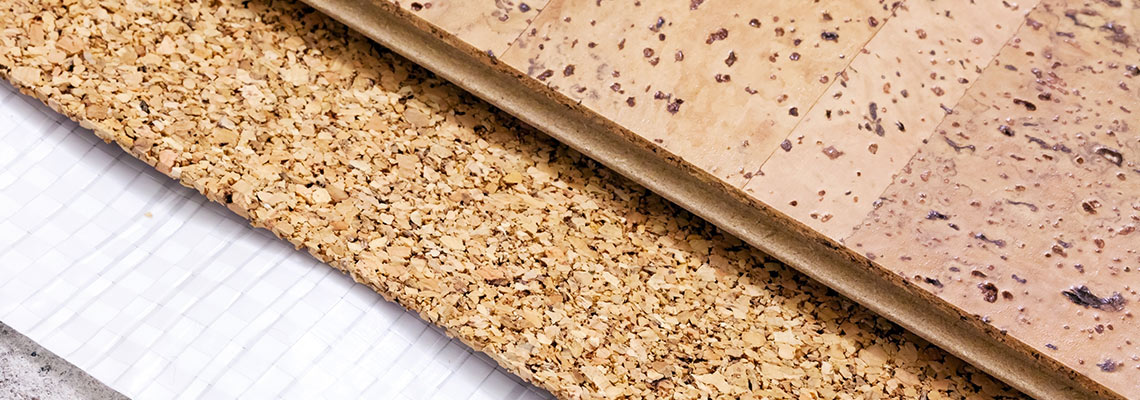
-
20 March, 2025
-
Sanding UK
As the days grow colder, the desire to lower heating bills becomes a priority for many households. Fortunately, wooden flooring offers more than just aesthetic appeal — it also provides an excellent opportunity for added insulation. When properly treated, your wood floor can help retain heat and keep your living space cosy, even during freezing temperatures. With the right approach to insulation, you can transform your flooring into an effective barrier against the cold and reduce heat loss significantly. If you are considering a larger renovation, now is the perfect time to explore options like gap filling, underlays, and even underfloor heating systems.
Preventing Heat Loss: Fixing Gaps in Wooden Floors
Over time, wood flooring can become unstable as the boards naturally expand and contract, creating small gaps. These gaps are one of the most common causes of heat loss and draughts, allowing warm air to escape and cold air to enter. That’s why wood floor insulation is not just about whats underneath — it is also about addressing visible imperfections.
One of the most effective ways to deal with this is through professional gap filling, which can significantly improve the insulation performance of your floor. For minor gaps, DIY solutions include taping boards together or filling small holes with a mix of resin and wood dust. Just ensure that the sawdust matches the floor colour to maintain aesthetic consistency. These simple yet effective methods can be a big step toward creating a more energy-efficient and warmer home.
Insulating Under Wooden Floorboards
If you are planning a major floor renovation, it is the perfect time to consider adding insulation beneath your wooden floor. One of the most common and effective options is using a high-quality underlay, which not only improves thermal efficiency but also acts as a moisture barrier. This is especially useful if your wooden boards are laid onto joists or beams.
In such cases, you can lift the old boards and install chipboard and a suitable underlay layer, helping to reduce heat loss and dampness. Another great option is placing mineral wool insulation between the beams — a method known for reducing both heat transfer and noise. If you have underfloor access, the job becomes easier as the boards don’t need to be lifted. These solutions not only improve comfort but also enhance the energy performance of your floor in a cost-effective way.
Insulation Options for Solid Subfloors
If your wooden floor is laid over a solid concrete base, there are two main insulation approaches — keeping the existing concrete or replacing it entirely. If you decide to keep the old concrete, you can install a layer of rigid insulation board on top. This method is effective but may slightly raise the floor level, which can affect doors, stairs, or thresholds.
To minimise this impact, consider using the thinnest possible underlay with good thermal properties. If you opt to replace the concrete, you have the opportunity to insulate both above and below the new slab. This approach provides exceptional energy performance as the concrete acts as a thermal mass, absorbing and retaining warmth. Pairing this setup with a quality wooden floor installation ensures a warm and efficient home all year round.
Underfloor Heating for Extra Comfort
If you’re already planning to lift your floorboards, it’s the perfect opportunity to consider installing an underfloor heating system. Combining underfloor heating with wood floor insulation allows for optimal energy efficiency and a consistently warm surface throughout colder months.
This type of heating is not only energy-saving, but also improves comfort by evenly distributing heat across the entire room. Whether you are using electric mats or a hydronic system with water pipes, make sure it is compatible with your chosen type of wooden flooring. Professionally installed systems can greatly increase the value of your property while making your home warmer and more inviting.
Frequently Asked Questions
If you are planning to improve the warmth and energy efficiency of your home with wooden floors, you likely have a few questions. From insulation techniques to suitable materials and compatibility with heating systems, the answers below will help you make informed decisions for a more comfortable living space.
Is it worth insulating under a wooden floor?
Yes, absolutely. Wood floor insulation can significantly reduce heat loss, improve comfort, and help cut down on energy bills. It’s especially beneficial in older homes or properties with suspended timber floors.
Can I install insulation without removing my wooden floor?
If your floorboards are fitted over beams and you have access from below (such as a basement or crawl space), insulation like mineral wool can be installed without lifting the boards. Otherwise, the boards will need to be removed to insert insulation from above.
Which underlay is best for insulation?
Choose an insulated underlay designed specifically for wood floors. These usually include moisture barriers and thermal layers. A popular choice is underlays made from foam or rubber with foil backing, offering both sound and thermal insulation.
What should I do about gaps in my wooden floor?
Gaps between floorboards can lead to significant draughts and heat loss. The best solution is a professional gap filling service using resin and wood dust to seal openings and restore your floor’s thermal performance.
Can I use underfloor heating with wood flooring?
Yes, but it must be done carefully. Engineered wood flooring is more stable than solid wood and is generally preferred for use with underfloor heating systems. Always follow manufacturer guidelines to ensure the wood does not warp or crack.
